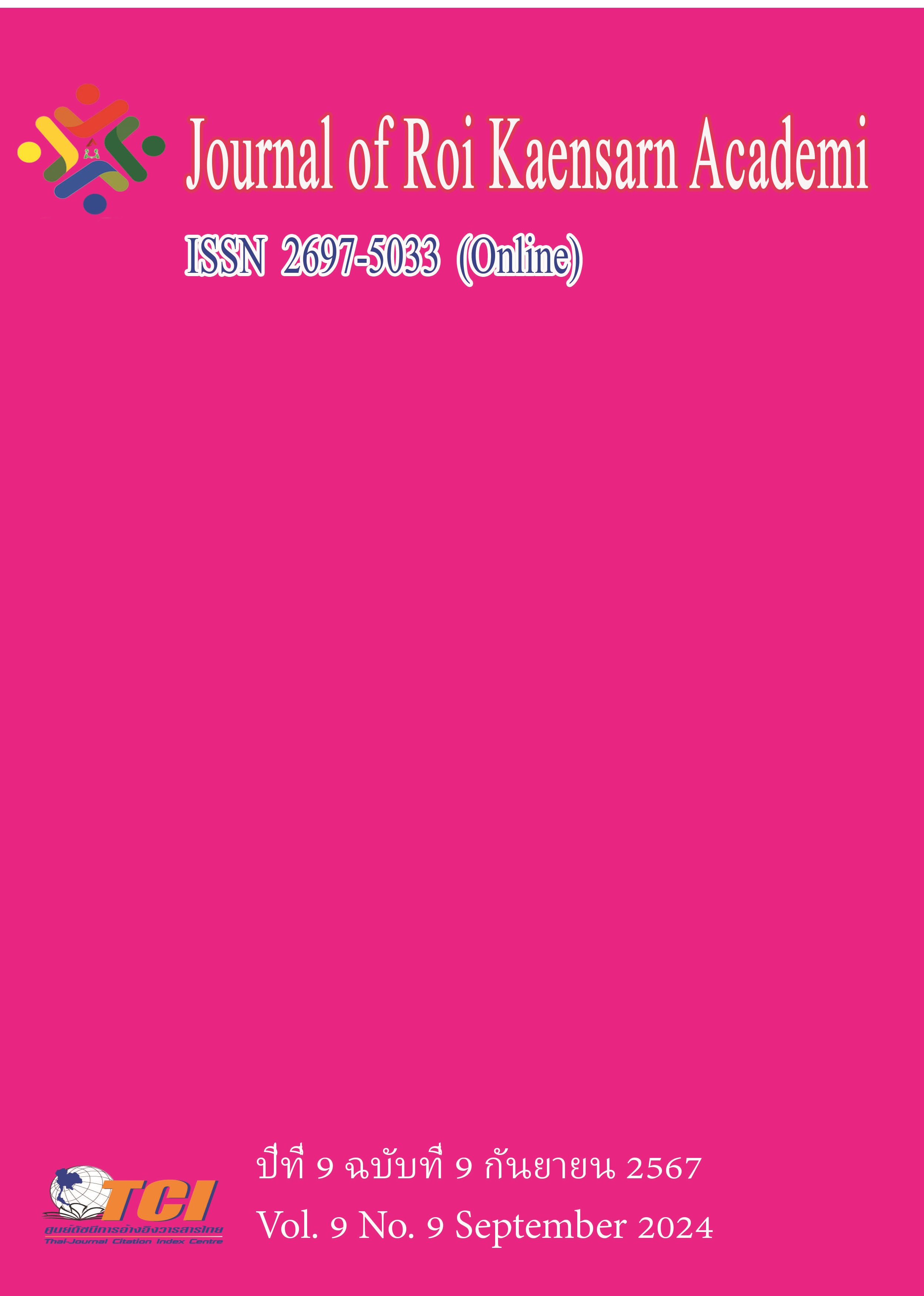The Belief of King Pan of Yao Ethnic Group in Jinxiu: the Construction of Cultural Identity Pattern
Main Article Content
บทคัดย่อ
In the background of modernization process, the belief of King Pan has undergone several changes and remained an important cultural identity of the Yao ethnic group to this day in Jinxiu. The aims included: 1. the changes of the belief of King Pan of the Yao ethnic group in Jinxiu; 2. the construction of cultural identity pattern of Yao ethnic group in Jinxiu. The methodology included: 1. Qualitative research methods were used; 2. Research tools such as observation, interviews, and surveys were used; Four key informants, ten general informants, and three casual informants were selected; 3. Data was collected through fieldwork and literature survey, and a research framework was used to classify the data; Structural-functional Theory, Cultural Change Theory, and Cultural Identity Concept were used to analyze the research data, and descriptive analysis methods were used to present the research results. The results included: 1. From the 1950s to the past 20 years, the belief of King Pan had undergone three changes, each with its own complex reasons; 2. The complex changes in the belief of King Pan of the Jinxiu Yao ethnic group reflected the stages, forms, and paths of constructing cultural identity pattern. The conclusion included: 1. The changes in the belief of King Pan of the Jinxiu Yao ethnic group were influenced by factors such as religious policies, production methods, and cultural education; 2. There were three stages in the construction of cultural identity pattern: gradually constructing the political identity, cultural identity, and religious identity of King Pan; There were three forms of construction: sacrificial ritual, ritual performances and cultural performances, lifestyles; The construction path was: excavated classics, interpreted culture, innovated culture, organized cultural activities, developed cultural industries and cultural tourism. The research results have certain reference value for the government to formulate cultural, economic, and educational policies, and for researchers to further study the belief of King Pan and cultural identity patterns.
Article Details
เอกสารอ้างอิง
Cai, R. X. (2017, December15). Research on the Aesthetic Identity Phenomenon of Guangxi
Yellow Mud Drum Performance of Jinxiu Yao Nationality. Journal of Guangxi Science & Technology Normal University, 32 (06), 46-50.
Hu, Q, W & Fan, H, G. (1983). The Yao Ethnic Group in Pan Village. Beijing: Nationalities Publishing House.
Qing, Z. (2010). Analysis for the Theory of Ethnic Group Cultural Identity and the Essence. Forward position, (261) 07, 156-159.
Qian, M. Q. (2017). A Study on the Change of the Liu Huang Ghost’s Belief (1949-2015)- Which Was Based on the Investigation in Wuliang Village. Master's Thesis from Nanjing Agricultural University.
The Compilation Committee of “Jinxiu Yao Ethnic Group Autonomous County Annals”. (1992). Jinxiu Yao Ethnic Group Autonomous County Annals. Beijing: Central University for Nationalities Press.
The Jinxiu Yao Ethnic Group Autonomous County Committee of the CPC.,& the People’s Government of Jinxiu Yao Ethnic Group Autonomous County.,& editorial board of Jinxiu Yao Ethnic Group Culture Series of Books. (2012b). Pan Yao. Dehong: Dehong Ethnic Publishing House.
Yu, S, J. (2005). The Cultural Changes of Yao Ethnic Group. Beijing: Beijing Ethnic Publishing House.
Yan, L & Dong, B, F. (2023). From “Cultural Exploration” to “Cultural Experience”: The Formation Mechanism and Educational Path of Cultural Identity. Global Education, 426 (01), 32-46.

